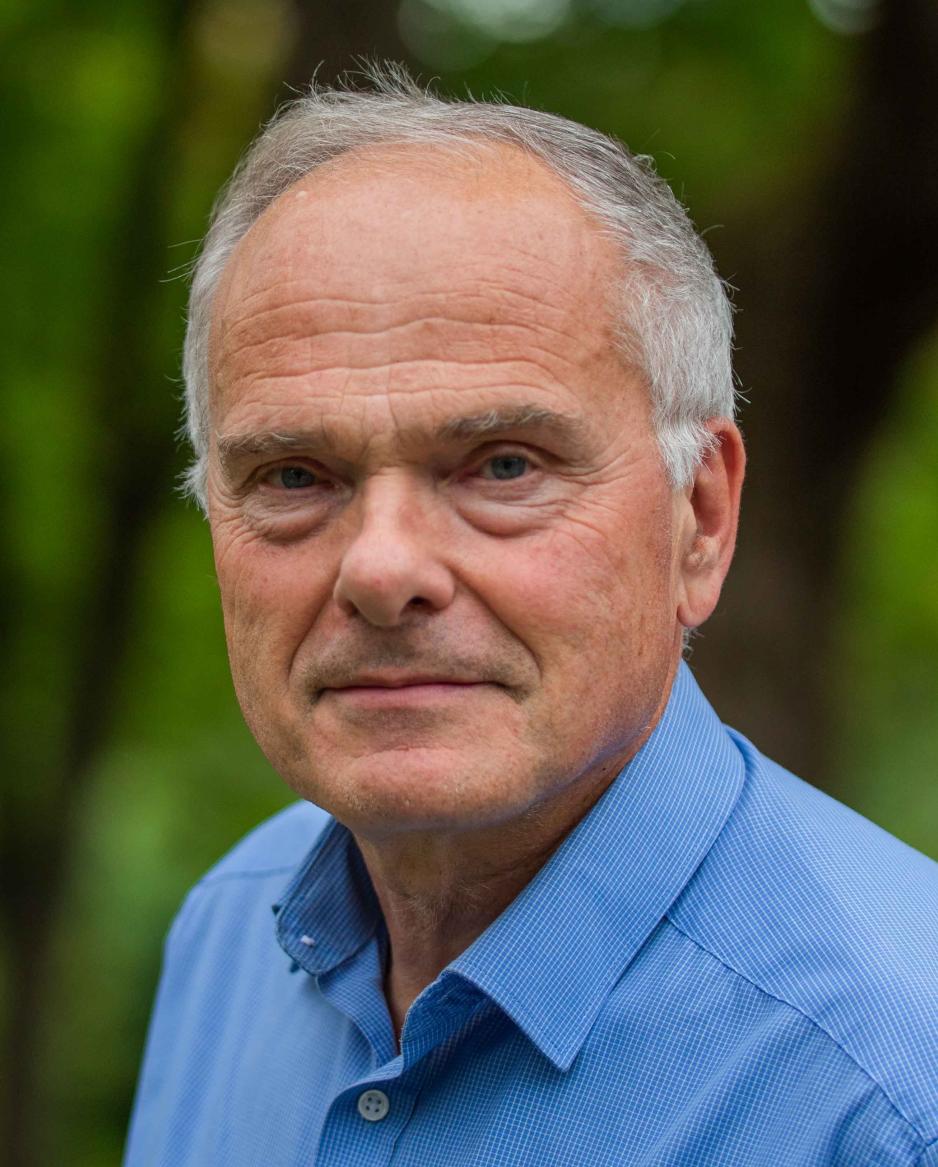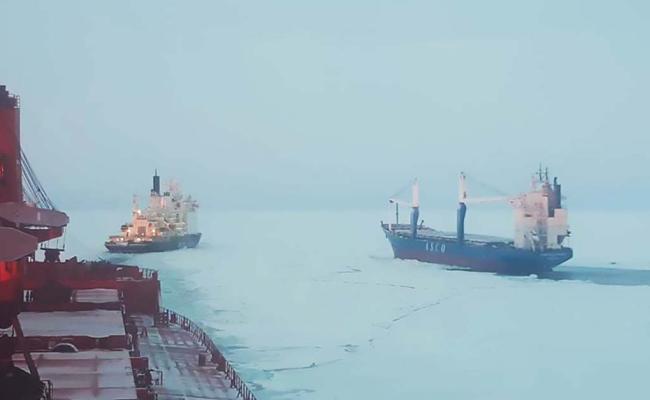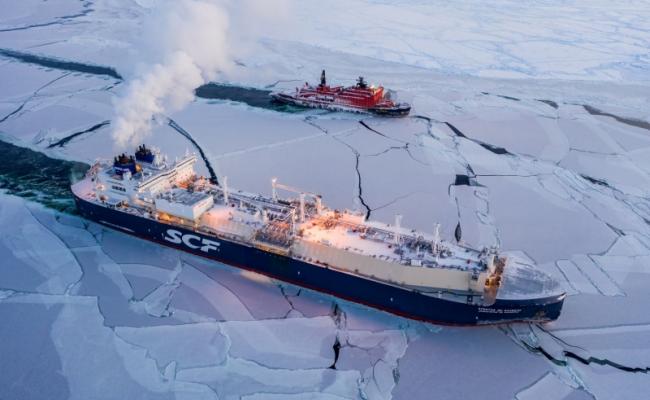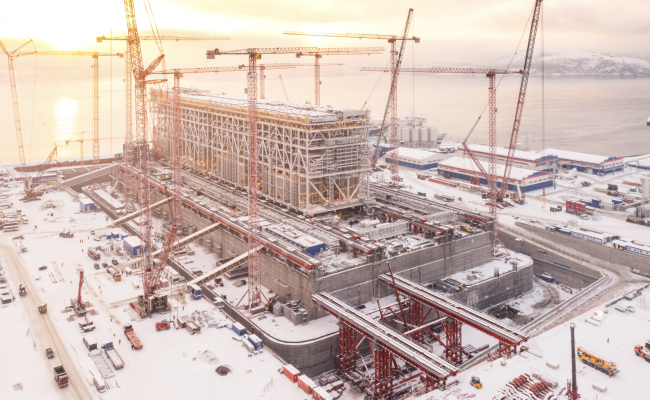Development in Russia’s Arctic Region: Rosatom Set to Get Full Responsibility for NSR Activities, Researcher Says

The Northern Sea Route is one of Russian President Vladimir Putin’s flagship projects. Much of shipping along the NSR consists of LNG and crude oil freight. (Photo: Novatek)
New instructions from the Russian president transfers almost all responsibility for activities along the Northern Sea Route to the state-owned company Rosatom. The background is coordination problems during winter supplies before Christmas, which hit supplies for the population along the NSR, says Senior Researcher Arild Moe at FNI.
Russian President Vladimir Putin recently approved a long list of instructions for measures and plans in Russia’s Arctic region. The list, which was approved following the meeting about development of the Russian Arctic, contains 18 items with issues related to infrastructure and economic conditions.
Senior Researcher Arild Moe at the Fridtjof Nansen Institute (FNI) argues that one of the most important and specific items is about how management of the Northern Sea route is to be further centralized to the state-owned company Rosatom.
Rosatom leads military as well as civilian nuclear power industry in Russia. The company also operates a fleet of nuclear icebreakers.
“It may appear as if Rosatom will now be in complete control and hold full responsibility over what happens on the Northern Sea Route”, Moe says to High North News.
According to the FNI researcher, a series of functions traditionally resting with the Ministry of Transportation now appear to be transferred to Rosatom.
Amongst others, Rosatom appears likely to be put in charge of organizing supplies to the Russian areas along the northern coast, which are totally dependent on freight along the NSR, he explains.
Coordination problems
The background for transferring more responsibility to Rosatom is amongst others about the coordination problems that arose during last year’s winter supplies, the FNI researcher explains.
“The problems that arose last year were quite serious. Supply vessels were stuck in ice because the so-called ‘Northern supply’, which is the annual program for supplying the High North, started up late. That came to mean that smaller areas as well as settlements in the Russian High North and Far East did not get sufficient supplies.”
This happened in November and December last year and was considered a scandal, Moe explains. As previously reported by High North News, a series of vessels struggled to conquer thick sea ice along the eastern part of Russia’s Northern Sea Route in November 2021. Unusually high traffic figures for that time of year were reported, as well as unusually challenging ice conditions. Only one single nuclear icebreaker, the Vaygach, was available for escort, meaning that some vessels were stuck in sea ice for weeks before receiving icebreaker support.
“The Ministry of Transportation was blamed for not organizing supplies early enough. The idea behind allocating more responsibility to Rosatom is thus about making sure the deliveries happen in coordination with icebreaker services in order to make sure they arrive in time”, Moe says.
The centralization of responsibility to Rosatom probably also leads to the company, and not the NSR Administration, will be issuing permissions for access to the sea route, Moe says. He notices that while this is not explicitly listed on the list, it is nevertheless represents a reasonable understanding of it.
The upscaling of the LNG production is postponed and delayed
Projects surrounded by insecurity
As for the general development along the Northern Sea Route as well as activities like oil and gas exploitation, FNI researcher Moe says that the projects clearly have been affected by the war and the Western sanctions.
“Saying how this will affect the development of the Arctic region and the Northern Sea Route is too soon to tell. Officially, there are still the same visions about increased shipping as there were before. The expected increase is largely related to shipping of LNG and oil. This is, of course, affected by the sanctions and the upscaling of the LNG production is postponed and delayed. Things are even more uncertain when it comes to oil, as there is also a major problem on the market side and issues related to how large demand there will be for Russian oil”, the FNI researcher says.
“There is considerable insecurity surrounding these projects, as well as the construction of new specialized cargo vessels with icebreaker capacities that are to ship oil and LNG from the Arctic areas, in which South Korean shipyards play a key role. One could probably say that the growth will not be as expansive as expected in Russia, however, it is hard to tell exactly how this will turn out”, he says in summary.
Planning railway across the Yamal Peninsula
On the recently approved list, there are plans about commencing work to construct the Northern Latitudinal Railway.
“There are several competing railway projects in the Russian Arctic. They are all rather capital intensive. It may now appear as if the state seems to favorize this project, which is about a west-east connection between the Ural Mountains and further east.
Moe explains that there is already a railway on the western side of the Yamal Peninsula that was built in relation to the gas fields there. “The Northern Longitudinal Railway” includes a railway line right across the peninsula in the North, to Sabetta, where the LNG production is located.
“These are huge projects and one should not take such declarations too seriously, however, it expresses an internal prioritizing. It remains to be seen how much real funding lies behind it. The way the Russian economy appears to turn out, many such giant projects will probably go through a series of assessments before they are, potentially, realized”, he says in closing.
Developing the Arctic region
The list approved by President Putin a.o. includes work aiming to providing measures directed at providing inhabitants in the Arctic region with social infrastructure. One of the items also involves the 2022 completion of construction, testing and inauguration of the ice-capable self-operating platform ‘North Pole’. There is also a focus on developing and approving a plan for the development of the Northern Sea Route for the period up to 2035 in order to secure reliable and safe transport of goods along the NSR.
Also read
This article was originally published in Norwegian and has been translated by HNN's Elisabeth Bergquist.






